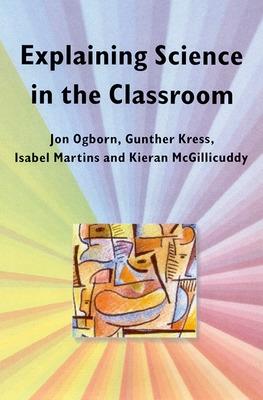"This is an impressive book. It is an example of that rare item - a book about complex scientific ideas, expressed in clear, simple language - built on real teacher - learner conversations. Starting in the classroom, or the laboratory, with the most common occurence - a teacher offering an explanation, it proceeds by analysing the nature of specific explanations so that teachers can gain fuller insights into what is happening. Having teased out the processes of explanation, the authors then reconstruct them showing how elaboration, transformation and demonstration can enhance the understanding of the learner."
Professor Peter Mortimore
* How do science teachers explain science to students?
* What makes explanations work?
Is explaining science just an art, or can it be described, taught and learned? That is the question posed by this book. From extensive classroom observations, the authors give vivid descriptions of how teachers explain science to students, and provide their account with a sound theoretical basis.
Attention is given to the ways in which needs for explanation are generated, how the strange new entities of science - from genes to electrons - are created through talk and action, how knowledge is transformed to become explainable, and how demonstrations link explanation and reality. Different styles of explanation are illustrated, from the 'teller of tales' to those who ask students to 'say it my way'.
Explaining Science in the Classroom is a new and exciting departure in science education. It brings together science educators and specialists in discourse and communication, to reach a new synthesis of ideas. The book offers science teachers very practical help and insight.
- ISBN13 9780335197194
- Publish Date 16 November 1996 (first published 1 November 1996)
- Publish Status Out of Print
- Out of Print 7 December 2022
- Publish Country GB
- Imprint Open University Press
- Format Paperback
- Pages 160
- Language English
